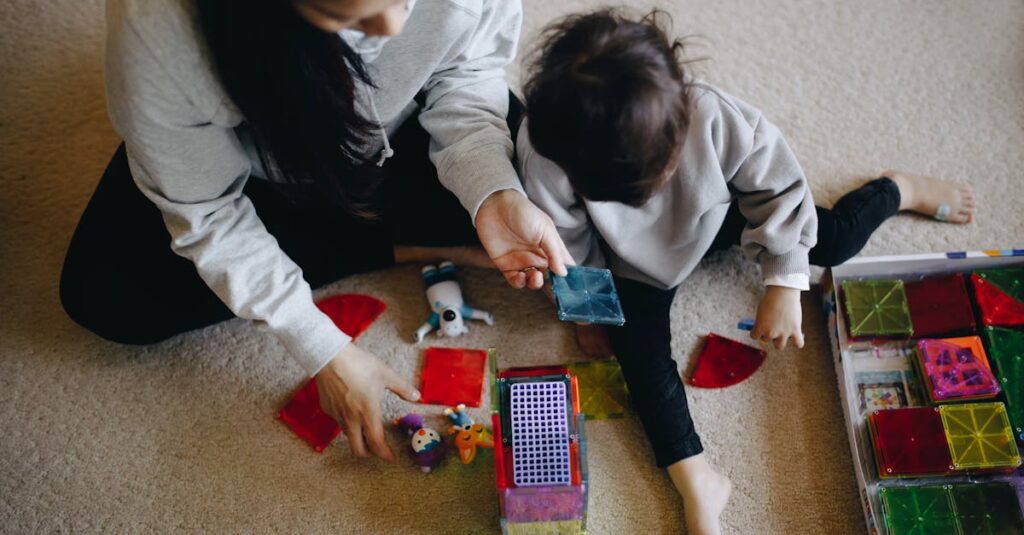Understanding Emotional Intelligence
Emotional intelligence, or EQ, is understanding and managing emotions effectively. High EQ in pre-schoolers leads to better social skills and academic success.
Start teaching EQ by modeling good emotional behaviors; kids learn best by observing adults. Show empathy, express feelings, and handle stress positively. Share personal stories about when you felt sad or happy and how you coped. This helps your child relate and understand emotions better.
Remember, nurturing emotional intelligence in children is a crucial aspect of their overall development.
Benefits of Teaching Emotional Intelligence
Teaching EQ can transform a child’s life. Children with high EQ build stronger relationships and exhibit better mental health. They’re also more resilient and can manage stress better. Eventually, this leads to improved academic performance. So, it’s not just about social skills. By fostering EQ now, you are laying the foundation for a better future for your child.
Pexels
Practical Tips for Parents
Make learning about emotions fun. Employ games and storybooks that talk about feelings. For instance, read books that name emotions and discuss the characters’ feelings. Create emotive faces drawing sessions where kids sketch different feelings. Sing songs about happy and sad moments. Turn everyday situations into learning opportunities by discussing possible feelings involved.
Source: www.examplelink.com
Common Emotional Challenges in Pre-schoolers
Pre-schoolers often face challenges like tantrums, separation anxiety, and sharing. These result from emotions they can’t yet articulate or fully understand. Address these moments calmly and provide a safe space for your child to express themselves. Help them name their emotions and talk through their feelings. Patience and understanding can make a world of difference.
Emotional well-being is crucial for the healthy development of pre-schoolers. By acknowledging and guiding them through their emotions, you can help them build resilience and emotional intelligence that will benefit them in the long run.
Using AI Tools for Emotional Learning
AI-based apps can help foster EQ among preschoolers. Apps like ‘Daniel Tiger’s Grr-ific Feelings’ and ‘Mood Meter’ guide children through emotions in a fun way. Such tools are interactive and engaging, making learning seamless. They also provide consistent exposure to emotion-related concepts. Integrate these tools into daily routines to reinforce emotional learning continually.
Creating a Supportive Environment
Building EQ isn’t a solo task. Create an environment that continuously supports emotional growth. Encourage open communication and make ‘feelings talk’ a regular practice. Always validate your child’s feelings, even if you disagree. Provide comfort items like stuffed animals that can help self-sooth. Consistent routines can also provide the emotional stability children need.
Encouraging Reader Interaction
Your journey is unique, and so are your child’s experiences. Share tips and anecdotes in the comments to create a supportive community. Ask questions and engage with other parents facing similar challenges. Emotional intelligence is a marathon, not a sprint, and we can all learn from each other.
What’s your favorite go-to strategy for teaching EQ? Let us know!

